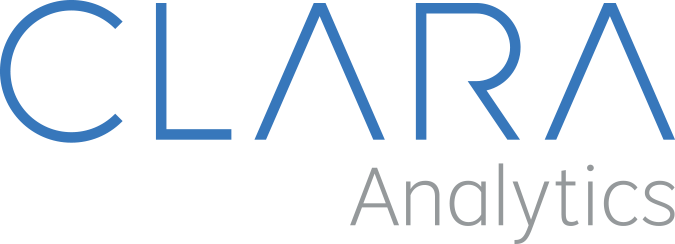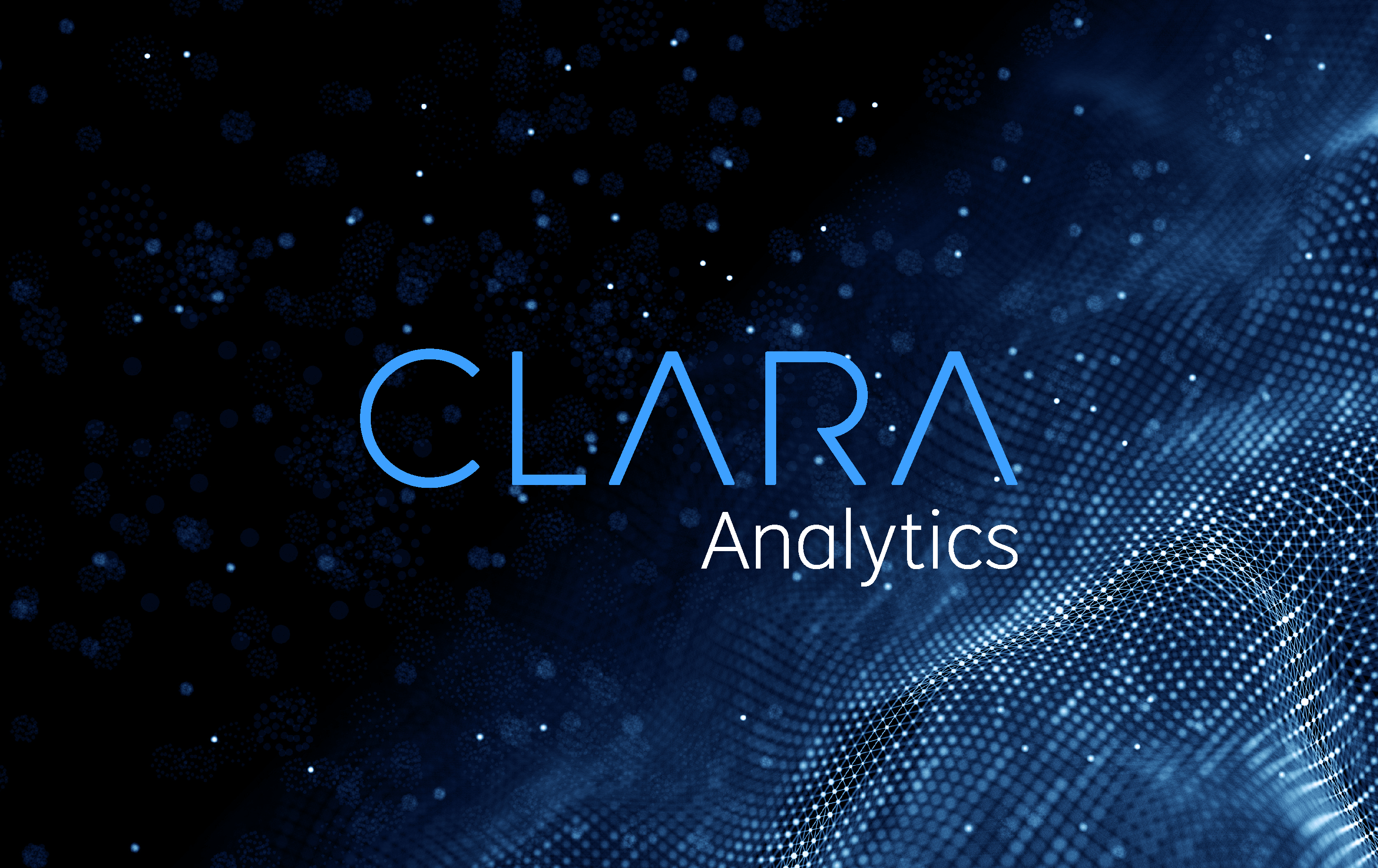How Contributory Databases Shape the Future of Insurance Insights
Like many industries, insurance is dealing with a transformative shift powered by artificial intelligence (AI). As insurers strive to navigate the complexities of claims management, underwriting, and risk assessment, AI is touted as a tool that can deliver efficiency and accuracy.
But the AI tool is only as good as the data it’s using to learn. AI models are trained using vast amounts of data—the greater the data’s breadth, depth, and quality, the more accurate the output.
CLARA Analytics is revolutionizing the world of AI-powered solutions through our unique contributory database model. In this blog, we’ll delve into the advantages of this approach, highlighting why insurance-specific data training is critical for the best outcomes.
What is a contributory database?
A contributory database is a shared repository that contains data from multiple participants. Each individual contributor provides information to a centralized location that others can access and use.
Pooling resources and knowledge enhances predictive accuracy and provides a more comprehensive view of a particular subject than any one data set could provide alone. In this way, a contributory database can be extremely valuable for gaining deeper insights.
For context, ChatGPT was trained on a massive collection of data sourced from books, articles, and web pages. Their parent company, OpenAI, used Common Crawl, which includes billions of web pages and is one of the most extensive text datasets available.
While ChatGPT was trained on virtually the entirety of the internet, don’t expect it to be able to help you with your claims. The dataset it used won’t have access to the data you’d need to be able to make insurance-specific insights. You’ll need AI models trained on insurance claims, not the works of Shakespeare.
CLARA’s industry-leading contributory database
Thanks to our contributory database, CLARA’s predictive and generative AI solutions can offer accurate, insurance-specific insights. Training AI models on millions of closed claims enables unmatched prediction accuracy and a depth in benchmarking that gives the users insights into new markets. Our contributory database was trained on over 4.5 million claims totaling over $75 billion. This data comes from some of the leading insurers across the country.
Our database serves as a record of what adjusters and attorneys have done since 2017 to help us learn what works and what doesn’t. Our AI continually learns from the information in the database, which allows it to offer such valuable insights. While every casualty claim is unique, the AI can find similar cases in the database and relay important information to claims professionals. Our AI also adapts to new data as the nature of claims, treatment, and litigation change.
Our contributory database is much more robust than other systems, which simply organize pieces for the user. Our system organizes the pieces and builds the puzzle, making it an invaluable tool for claims professionals.
Privacy is of utmost importance to CLARA and our customers. All claims data is anonymized. CLARA trains the models and provides industry benchmarks using the contributory database, and personally identifiable information and protected health information remain secure. CLARA is SOC2 and HIPAA compliant.
Note: Contributors are not obligated to contribute data to use CLARA. However, in most cases, they agree to pool their data with others. Virtually all carriers understand that the more data is collected, especially if it is similar data, the better it is for creating a model.
The contributory database in action
Say you want to learn whether a certain physician is the right provider for treating a worker’s compound fracture. You look at one claim and see that a patient working with this physician for the same injury returned to work quickly and is healing well. So you want to recommend the physician to all your claimants with compound fractures, right?
When evaluating a physician’s effectiveness in treating a worker’s compound fracture, it’s not just about the consistency of the treatment across different doctors. What truly matters is the quality of the treatment and the follow-up procedures, such as physical therapy, which can significantly influence the outcomes.
Now, let’s broaden the scope to 100 cases of compound fractures, all treated by the same physician. While some patients had favorable outcomes like the initial case, it’s important to note that 65 of them experienced longer-than-average recovery periods. This variation could be due to factors like the type of fracture or other influencing variables—or it could be the physician.
If you had solely relied on the first case, you might have concluded that the treatment had a high success rate. However, analyzing data from multiple sources gives you a more comprehensive perspective, revealing that this physician may not be the most effective for treating this injury type.
A single insurer lacks the extensive data needed for meaningful physician and attorney comparisons to build this knowledge internally. Additionally, using AI with limited data can introduce bias and lead to sample size neglect. Therefore, having a sizeable contributory database is crucial to minimize bias and increase accuracy. The more relevant data you have, especially regarding sample size, the more accurate your assessments will likely be.
The competitive advantage of the contributory database
Using AI models trained on an insurance-specific contributory database can make the difference in obtaining a competitive advantage.
This contributory database model gives CLARA users an operational edge that improves when additional carriers, MGA/MGUs, reinsurers, or self-insured entities partner with CLARA. With CLARA by their side, claims adjusters benefit from having all of the wisdom of everyone who participated in the contributory database at their fingertips.
Let’s take the example of our claimant with the compound fracture and follow it to a conclusion:
Company A has a claimant who suffered a compound fracture. Using their own data, they determined Y payment and recommended Z physician. Something went horribly wrong with the treatment, and now the claimant cannot work for the rest of his life. He is suing, putting the company at risk for a significant loss.
Company B had a claimant who looked identical on paper. However, Company B had an adjuster using CLARA to identify the right physician with higher-quality care based on many more data points. The worker returned to work quickly, and everyone enjoyed better outcomes.
Harness the power of the nation’s claims data
CLARA’s insurance-specific contributory database model harnesses the power of collective data and training AI models on insurance-specific information. We are redefining predictive accuracy, benchmarking depth, and operational advantages.
Embrace the future of insurance with CLARA and unlock better outcomes for all.
What can AI do for your claims? Keep reading to learn more about the future of generative AI in insurance.
Ready to accelerate your AI strategy but not sure where to start?
Check out our overview of generative AI, the technology transforming insurance >>




